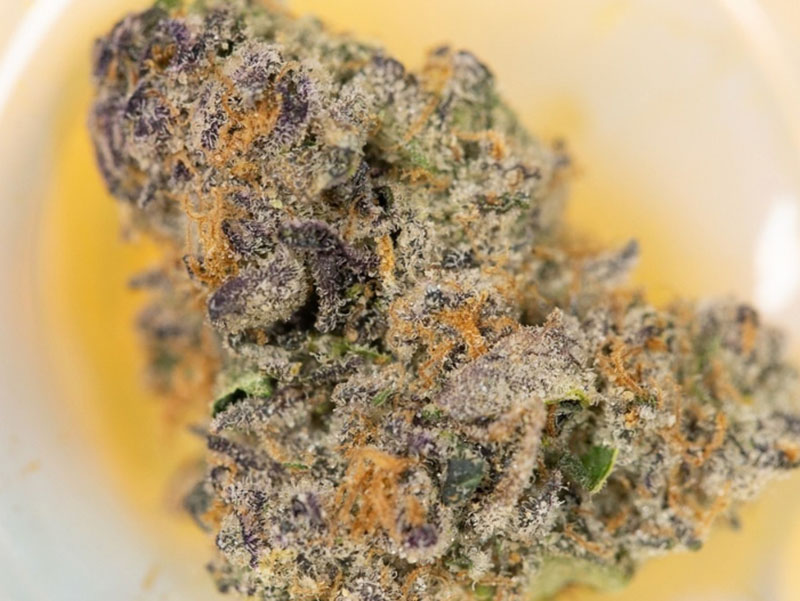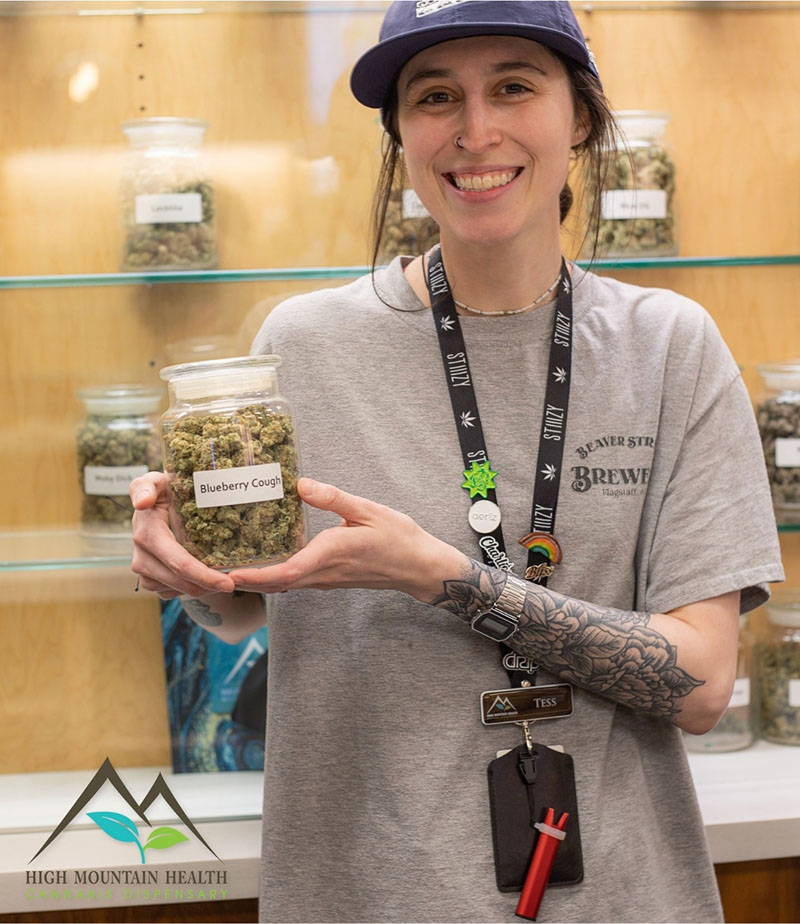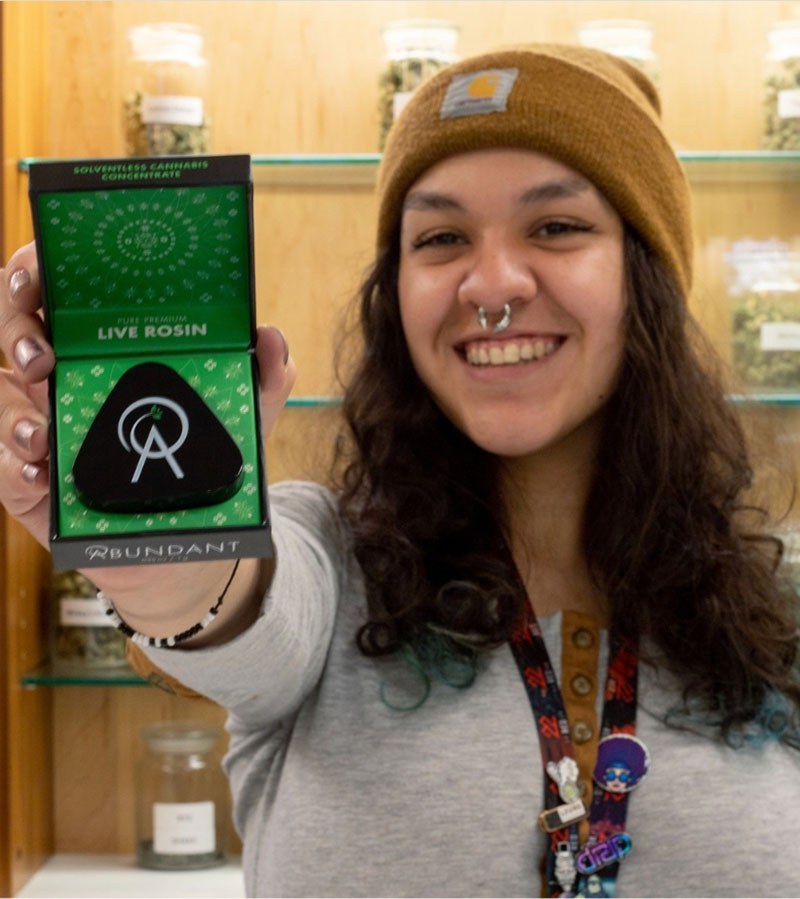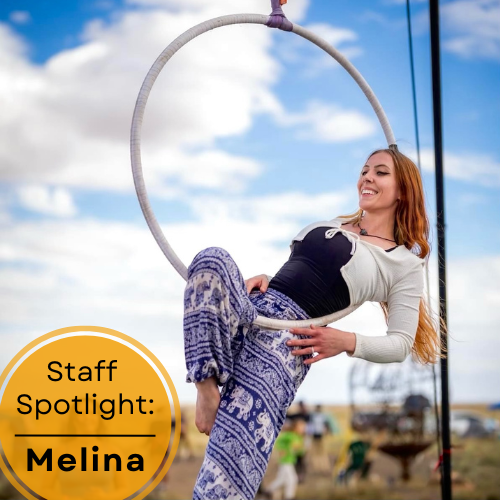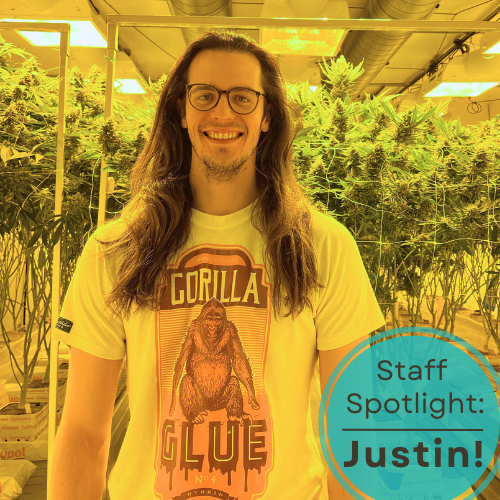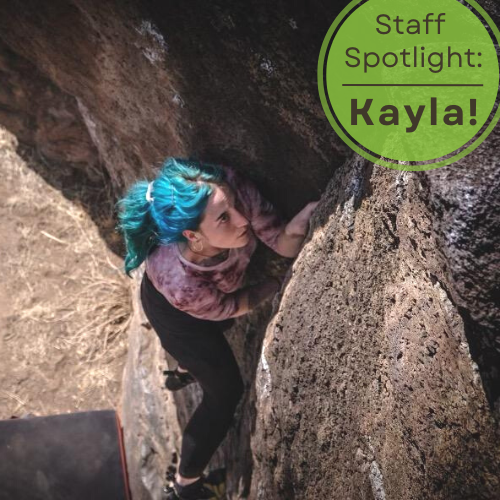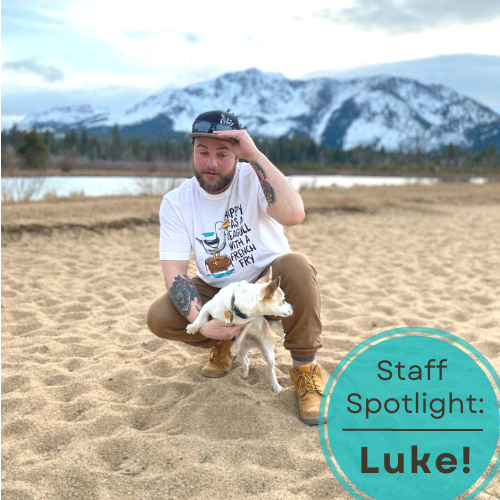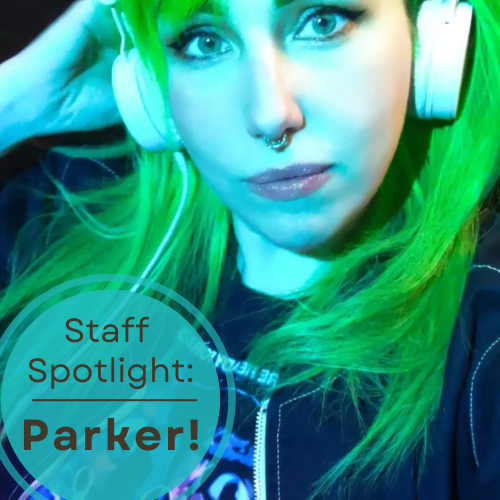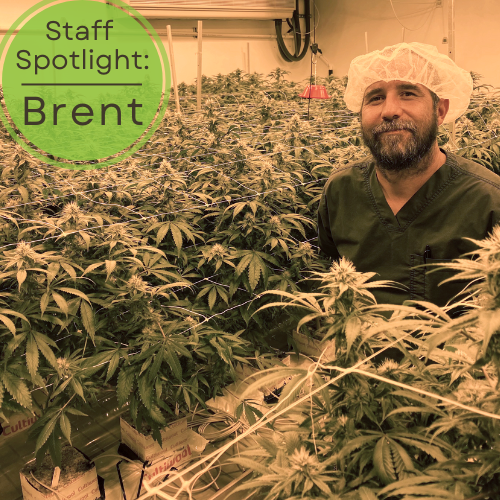By Zachariah Finning
September is National Disease Literacy Month. The aim of this focus is to improve a patients overall understanding of their diagnosis. Understanding one’s diagnosis is the first part of a patient’s journey. The rest of the battle is to use that understanding to choose forms of treatment that show the most promise of recovery. For the patients who choose a more holistic approach to healthcare this can be an extremely challenging process. In the field of Medicinal cannabis, the options for medicating may seem endless or daunting, especially to those who are new to the plant. The vast options available to patients are only one hurdle to overcome as cannabis is still federally illegal. This standing with the FDA means that little to no medicinal research is done on Cannabis in the United States. This leaves medical dispensaries and patients alike to rely on sources like patient report, anecdotal information, and the limited research available in other countries to help each other find the best forms of medicating for one’s diagnosis.
Cannabis and hemp have been part of our country’s history since its establishment. Their cultivation played a central role in the formation of the United States - the plant even making its way onto the $10-dollar bill in the early 1900’s (S1). Since the late 1830’s it was used recreationally and medicinally by all sorts of citizens. However, early as 1906 prohibitions on the use of the plant had started. By the mid 1930’s cannabis was regulated as a drug in every state of the nation. Cannabis was federally outlawed for any use whatsoever when the Controlled Substances Act of 1970 passed our congress (S1). Once signed into law virtually all research and funding for the medicinal use of Cannabis was made illegal. The CSA of 1970 is the main reason there has been almost no federally approved, or otherwise, medicinal research on Cannabis in the United States (S1). This criminalization and condemnation of the plant by our government negatively effects every patient who is given, or has chosen, the option of medicinal cannabis. If one cannot access information directly related to their illness, and how the medication relates to treatment, they are more likely to seek out other forms. Forms of treatment with more research-based results are most likely to be utilized.
While lack of Research in the United States is directly related to the government’s prohibition of the plant in other parts of the world research has been going on for some time and continues to do so. “Israel isn’t just at the forefront of medical cannabis research it is out in front by some margin” wrote the Swiss medical cannabis company Cibdol (S2). Us News and World Report even referred to Israel as “The Holy Land of medical marijuana”. These statements are in no way lacking in credibility. Israel’s amazing medicinal cannabis research owes a large part of its stature to Ralph Mechoulam (S2). Mechoulam is a biochemist and professor at Hebrew University in Jerusalem. It was he who played a more than critical role in finding the basic chemical components of marijuana (S2). His research began in the 1960’s when he chose cannabis as a research topic shortly after accepting a junior faculty position at the Weizmann Institute in Rehovot (S2). In an interview published in Addiction magazine he explains why he chose to study cannabis. “On reading the old literature on cannabis I was surprised to note that from a modern point of view the field was ripe for reinvestigation. In the early 1960’s it was totally neglected” (S2). His main fascination was that no one had ever isolated the active constituents of the cannabis plant in pure form. Even though cannabis was still illegal in Israel at the time he set out to isolate those compounds(S2). A friendship between Mechoulam’s administrative director and the Head of Investigations at Tel Aviv landed Mechoulam a desirable amount of “superb, smuggled Lebanese hashish” and the history began. Only later did Mechoulam realize that he and the Head of Investigation had “broken quite a few laws”. “Luckily being ‘reliable’, I just had to apologize” Mechoulam states in the interview(S2). For at least 40 years he has received hashish from the Israel Ministry of Health with no interference or problems. Working in a small country “certainly has its positive aspects” (S2). Shortly after beginning his research Ralph and other researches isolated THC and CBD in marijuana. This led to more research on the psychological and physical impact of both compounds on humans. When the 1990’s finally rolled around Israel had government-backed research that was decades ahead of most other countries(S2). 2017 saw the founding of the Multidisciplinary Center for Cannabinoid Research at the School of Pharmacy at Hebrew University. Their goal is to “herald in a new age with a promising new vision for humankind”. The center focuses marijuana research into a multitude of areas including but not limited to: Cancer, Pain, Nanotechnology, Neuroscience, Immunity, and Metabolism(S2). It seems as far as medically based government funded research we will have to continue to look to Israel and other parts of the world for some time.
Here at High Mountain Health we pride ourselves on our pesticide free mountain grown flower, as well as our potent and pure ethanol extracted concentrate brand KAYA. We also host an extensive selection of edibles and non-combustible forms of medication. This is important as not all patients can, or enjoy to, smoke depending on their medical condition. Having a wide variety of high-grade products and in house grown flower are the first element in helping our patients safely along in their journey towards healing. Another asset would be the collection of, and dedication to, knowledge and information regarding medicinal cannabis. We work closely with our medical director Emily Davenport for regular staff training. During this training we discuss newfound medicinal research, from the US or otherwise, and how it can change the medicinal Cannabis field and our patient’s lives in general. Much of the available research is technical in nature, often making it difficult to decipher. We take these findings and break them down in a manner more easily understood for inclusion in our Patient Education Handbook. Apart from the Patient Education Handbook that is offered to all patients, we also provide multiple educational materials specific to certain subjects. These subjects include, but are not limited to differences between Full Spectrum and Isolated CBD, CBD for Pets, Terpenes and their specific medical related benefits, how THC and CBD work with the Endocannabinoid System, just to name a few. In addition to staff trainings, research & collection of information, the third and most important aspect of helping our patients understand how to best use cannabis for treatment is our relationship with them. Patient rapport goes a long way in both the general medical field and especially in the field of medicinal cannabis. We encourage our patients to fill out one of our Patient Success Story Questionnaires. These questionnaires can be completed anonymously and they hold a dual purpose: to highlight the relief and healing the patient has achieved and to better understand how our medicine and products can help others with the same or similar conditions. We are grateful for the few patient success stories we have received but could always use more to help us in our pursuit of knowledge. This being said we also respect and prioritize every patient’s right to privacy.
Disease literacy means understanding one’s diagnosis; however knowing one’s diagnosis does not mean immediate recovery or treatment. Sometimes one has to do research, review doctors, and go over various options. In the field of Medicinal Cannabis understanding one’s diagnosis is just the first in a series of steps to finding the best type and form of medication. In a way when one chooses medicinal cannabis as a form of treatment, they are choosing to heal themselves. They choose their own path to recovery, they choose what type and form of treatment, and ultimately, they also chose whom they trust to guide them. Honesty, empathy, patient rapport, research, transparency, and teamwork are a few but not all of the factors that go into making High Mountain Health the “Best Boutique Dispensary” in the state of Arizona (S3).
Sources:

